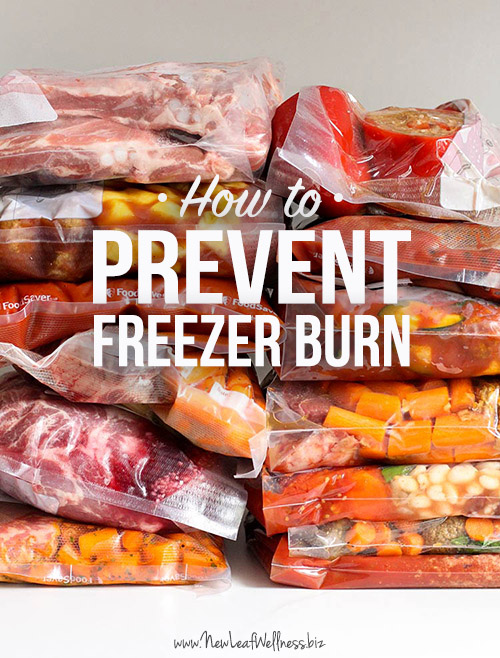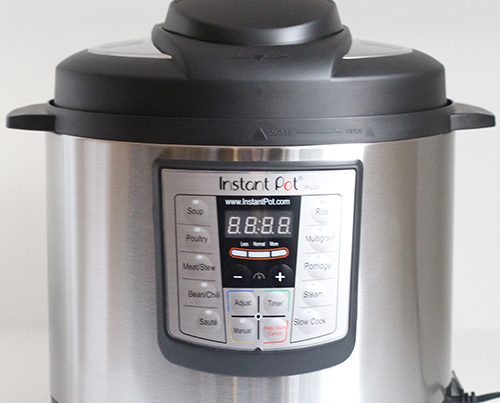Are you thinking about making freezer meals, but worried about freezer burn? We have you covered. My cousin, Kelly, and I have frozen thousands of meals between the two of us and are here to share what we learned.
What exactly is freezer burn?
Freezer burn looks grayish-brown and leathery. Freezer burn does not make food unsafe, merely dry in spots.
Many people see ice crystals on their freezer meals and think that their food is ruined. To be honest, Kelly and I have never seen true freezer burn on our food. We have seen ice crystals, but they don’t seem to affect the final taste or texture of the cooked meal.
Is it safe to eat foods with freezer burn?
The USDA Food Safety and Inspection Service recommends cutting off the freezer burned portions of food before or after cooking them. Heavily freezer-burned foods may have to be discarded altogether.
How can I prevent freezer burn in the first place?
- Reduce exposure to air. Freezer burn is caused by air coming into contact with the surface of the food, so it’s important to remove as much air as possible from your freezer bag and package food tightly. (You can watch Kelly demonstrate how she “squeezes” the air out of her freezer bags in a video below.)
- Package food appropriately. We love plastic freezer bags for our freezer meals and my husband wraps our meat in freezer paper (it’s paper on one side and coated with wax or plastic on the other). FoodSaver vacuum sealers are also great for individual ingredients, but don’t work well for freezer meals with a liquid component such as sauce or broth.
- Freeze food quickly. Food should be frozen solid within two hours. If this does not happen because the freezer was too warm, you stacked too many meals on top of each other (whoops!), you left the freezer open, etc., ice crystals are likely to form.
- Keep your freezer at 0° Fahrenheit or below. This is the standard freezer temperature in the United States. If you suspect that your freezer is too warm, use a freezer thermometer to make sure. This will not only prevent freezer burn, but prevent the spread of bacteria as well.
- Keep your freezer temperature as consistent as possible. Try not to open and close your freezer too much and NEVER leave it open (a challenge when there are kids in the house, I know!).
- Don’t store food for too long. We typically recommend storing freezer meals for up to 3 months. When in doubt, use the FDA Refrigerator & Freezer Storage Chart.
- Label your frozen food. Not only is it a good way to remember what the heck you made, it is also important to label it with either the date frozen or the use-by date.
- Keep your freezer at least 75% full. We like to think that it will be full of freezer meals, but when you’re in between freezer meal prep sessions, you can fill it with bags of ice instead.
And without further adieu, I dug up an old video of Kelly removing the air from freezer bags (I hope you’re not mad at me for sharing this, Kel!).
Thoughts or questions? Please leave a comment below. I’d love to hear from you.
Jill Petrush Rogers is an artist and former bookbuyer/seller. Jill recently moved back to her hometown of Pittsburgh, PA with her husband, Tom, and their two energy-filled boys. Jill loves to channel her creativity by coming up with recipes as a contributing writer for New Leaf Wellness.








What number on the freezer is O Fahrenheit. Would it be 1